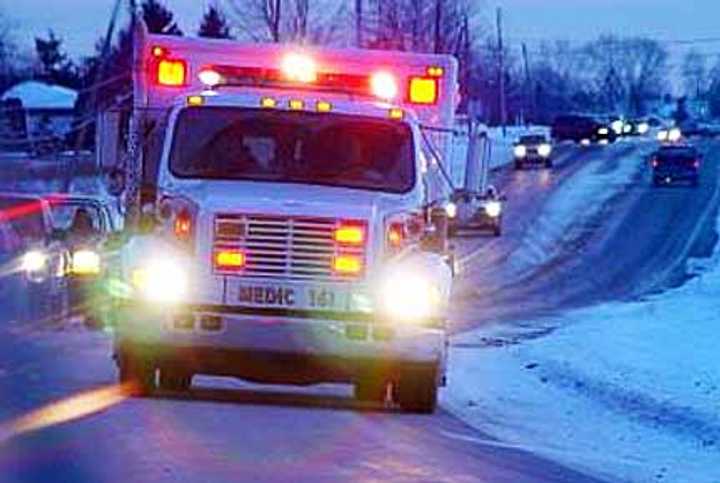The point, of course, is to “prepare for the unforeseen as well as reduce stress and confusion during an actual emergency,” said Nicholas Morici, spokesperson for the state Office of Emergency Management.
“Planning and preparation are the cornerstones of safety,” said Morici’s boss, State Police Supt. Col. Rick Fuentes . “By taking time to create an appropriate emergency plan for yourself, your family or place of business, you are readying your environment for any potential emergency.”
The basics of preparedness for virtually all hazards are the same, he said:
STEP ONE: Get a kit of emergency supplies
• Three days’ supply of canned, non-perishable, ready-to-eat FOOD
• Three days’ supply of WATER (a total of three gallons per family member)
• Battery-operated RADIO and extra batteries, FLASHLIGHT and extra batteries
• One week’s prescription MEDICATIONS
• FIRST AID KIT
• Personal TOILETRIES
• Non-electric CAN OPENER and UTENSILS
• CASH or TRAVELERS CHECKS
• SPECIAL NEEDS items for infants, the elderly and loved ones with disabilities.
IN CASE YOU NEED TO EVACUATE:
* Be sure you’ve stored important DOCUMENTS in a waterproof, safe location;
* Keep your vehicle’s gas tank level at a half-tank;
* Make sure each and every family member has CONTACT INFORMATION, including all phone numbers at work, school, etc. — as well as the name and number of a relative who lives out-of-state, to call in case your family gets separated.
STEP TWO: Make a plan for yourself, your family or your business
• Meet with the members of your household or office and talk about the types of disasters that are most likely to happen in your area;
• Take time to explain the dangers of emergency incidents to children;
• Discuss why everyone needs to prepare for a disaster;
• Know how you’re going to address any special needs concerns in the event of an emergency
• Build an emergency contact phone list
• Make provisions for pets
• Remember to establish and share emergency incident responsibilities
• REMEMBER: Teamwork and staying calm are key
STEP THREE: Stay informed of possible threats
It is important to know about the risks that may happen in your community, and to know whether an emergency is imminent or is already taking place.
It also doesn’t hurt to contact your local Office of Emergency Management to determine what types of emergencies are most likely in your area, and how to prepare for each; what warning signals that will be used in your community; and which local radio and TV stations will carry alerts and official instructions.
Learn about the disaster plans at your job, your kids’ school of day care center, and other places where your family spends significant time.
STEP FOUR: Become involved
Community Emergency Response Team (CERT) members give critical support to first responders in emergencies, provide immediate assistance to victims, organize spontaneous volunteers at a disaster site, and collect disaster intelligence to support first responder efforts. New Jersey boasts the largest CERT contingent in the nation, with 12,000 members and growing. But it could always use more hands. Call: 609-963-6900 ext. 6995.
For more info: ready.nj.gov
Click here to follow Daily Voice West Milford and receive free news updates.






